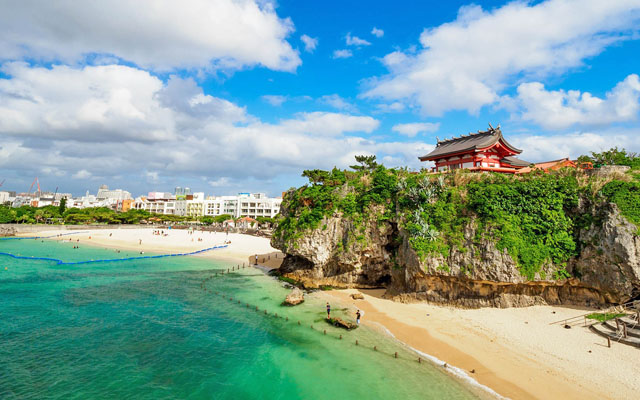China overtook Japan as the top outbound country for Singaporeans in June 2025, with the top five destinations being Shanghai, Beijing, Shenzhen, Guangzhou, and Chengdu, according to recent statistics from YouTrip, a multi-currency mobile wallet.
The long, snaking queues at Chan Brothers’s, and CTC Travel’s counters selling packages to China at the recently-concluded NATAS Holidays 2025 fair were also proof that China is on the rise. Other travel agencies, like Jun-Air Travel, and WTS Travel, were also offering buy-one-get-one-free promotions to China.

When asked which Chinese destinations were doing well for Chan Brothers Travel, Trista Foo, senior marketing communications executive, told TTG Asia: “Favourites include Chengdu and Chongqing for their culinary delights, Yunnan and Zhangjiajie for dramatic landscapes, and Beijing and Xi’an for their rich, historical heritage. Guangdong and Fujian remain popular with Singaporeans for their familiar cultural ties while Guizhou in south-west China is emerging as a hidden gem.”
CTC Travel’s CEO Chen Bin, shared similar observations: “Yunnan, Zhangjiajie, Guilin, Beijing, and Shanghai remain evergreen destinations among Singaporeans. In the post-pandemic landscape, we have also observed a surge in interest for emerging hotspots such as Xinjiang, Inner Mongolia, Mohe, Guizhou, and Chongqing.
China’s cost-effectiveness is a powerful magnet for outbound Singaporean travellers.
Kelvin Lam, chief operating officer, YouTrip, explained: “Travellers can enjoy high-quality experiences at a fraction of the cost compared to destinations like Japan or Europe. China also provides an enticing destination dupe for travellers who want to experience vast landscapes at a more affordable price point, such as switching out the Swiss Alps for Yunnan.”
“The favourable Singapore dollar – Chinese yuan exchange rate enhances the destination’s appeal, offering Singaporean travellers a highly rewarding and even more value-for-money holiday experience,” Foo said.
Chen agreed, stating that this offers travellers increased spending power, making China an attractive destination. It also helps there is “robust air connectivity between Singapore and numerous cities across China”, a mutual visa-free travel agreement, and China’s stable political and economic environment.
Foo also highlighted how social media is “reshaping how younger travellers perceive China in a fresh light”.
“China’s growing appeal is also driven by the influence of Chinese digital and social media platforms, such as Xiaohongshu and TikTok. Visually rich and engaging content on these platforms has sparked interest in trending destinations and ‘Internet-famous’ spots, particularly among younger travellers,” noted CTC’s Chen.
Looking ahead, all interviewees expect China’s momentum to continue well into 2026.
Lam is confident that the “momentum will be fuelled by the rise of China’s soft power through cultural exports – such as Pop Mart, Hai Di Lao, and Chagee – as well as heightened social media visibility”.
Foo opined that China will continue be increasingly popular among Singaporean travellers as “social media increasingly influences travel decisions across all age demographics”.
However, Lam opined that China will not “permanently overtake Japan” as the top destination for Singaporeans.
“We see Singaporeans balancing their choices: opting for China as a more affordable or frequent getaway, while reserving Japan for longer or more special trips,” Lam said.
Foo added: “In other parts of Asia-Pacific, enduring favourites such as Japan, South Korea and Taiwan continue to capture strong interest. Meanwhile, more exotic destinations like Bhutan and Uzbekistan, made more accessible with our exclusive chartered direct flight tours, are experiencing growing demand.”

















